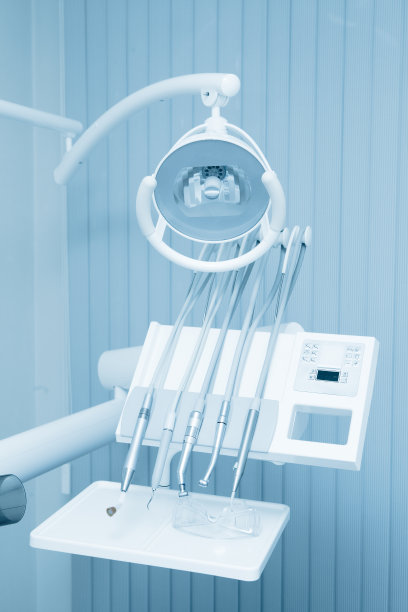Understanding the Procedure and Recovery Process When You Need to Extract a Tooth for Better Oral Health
Summary: Dental extractions can be an essential part of maintaining oral health, especially when teeth are damaged, decayed, or overcrowded. This article explores the ins and outs of tooth extractions, covering the underlying reasons for needing the procedure, the extraction process itself, the recovery phase, and post-extraction care. Understanding these components can help patients feel more prepared and less anxious about tooth extractions, ensuring a smoother transition towards better oral health. Throughout this guide, well delve into essential details that demystify the procedure and provide tips for effective recovery.
1. Reasons for Tooth Extraction Explained

There are several reasons why a tooth may need to be extracted, and understanding these can clarify the necessity of the procedure. One common reason is dental decay, which occurs when cavities reach deep into the tooth structure, leading to severe pain and potential infection. In such cases, extraction is often the best solution for preserving overall oral health.
Another significant reason involves periodontal disease, which affects the gums and bone supporting the teeth. If the disease progresses to a point where teeth become loose or infected, extraction can help prevent further problems and support the remaining dental structures.
Lastly, overcrowding can also necessitate extraction, particularly before orthodontic treatment. Dentists may remove one or more teeth to create space for alignment and positioning, leading to a healthier and aesthetically pleasing smile.
2. Understanding the Tooth Extraction Process
The tooth extraction process typically begins with a thorough examination to determine the extent of the problem and select an appropriate anesthetic method. Local anesthesia is most common, numbing the area around the affected tooth, while some cases may require general anesthesia for patient comfort.
Once the anesthesia takes effect, the dentist will employ one of two methods: simple extraction or surgical extraction. A simple extraction, performed on visible teeth, involves loosening the tooth with specialized instruments and then removing it. Surgical extractions, on the other hand, are necessary for impacted or broken teeth and may involve making incisions in the gum to access the tooth.
After the tooth has been removed, the dentist may place gauze to control bleeding and provide instructions for post-extraction care. This is a critical phase that sets the groundwork for recovery.
3. Recovery Process After Tooth Extraction
Recovery from tooth extraction typically involves managing pain and gauging how well the area is healing. The first 24 hours are crucial; patients should have ice packs on the affected area and take prescribed pain relievers as needed. Its essential to rest and avoid strenuous activities during this time to facilitate healing.
As recovery progresses, patients should gradually reintroduce soft foods into their diet. Foods like yogurt, applesauce, and mashed potatoes are excellent choices to prevent excessive irritation to the extraction site. Staying hydrated is also important, but using straws should be avoided to prevent dislodging the blood clot crucial for healing.
Following healing, patients should maintain regular dental check-ups to ensure that the extracted area is healing properly and to monitor overall oral health. This ongoing relationship with dental care professionals is vital for preventing future complications.
4. Post-Extraction Care for Optimal Healing
Proper post-extraction care is vital for ensuring a smooth recovery and minimizing discomfort. Patients should avoid smoking and using tobacco products, as they can inhibit blood flow and prolong healing. Moreover, its important to follow any specific oral hygiene routines recommended by the dentist, including gentle brushing around the extraction site.
Monitoring for any signs of complications, such as prolonged bleeding or swelling, is essential. If any concerning symptoms arise, contacting a dental professional immediately will enable prompt intervention.
Additionally, patients should pay attention to their dietary habits. Consuming nutrient-rich foods that support healing can positively impact recovery. Foods high in vitamins, particularly vitamin C, promote tissue repair and overall health.
Summary:
In conclusion, understanding the procedure of tooth extraction and the associated recovery process is crucial for patients seeking to improve their oral health. Knowledge of why extractions may be necessary, how the procedure operates, and the steps for effective recovery can reduce anxiety and promote a more comfortable experience. By adhering to post-extraction care guidelines, patients can enjoy a smoother healing process and maintain optimal oral health.
This article is compiled by Vickong Dental and the content is for reference only.



